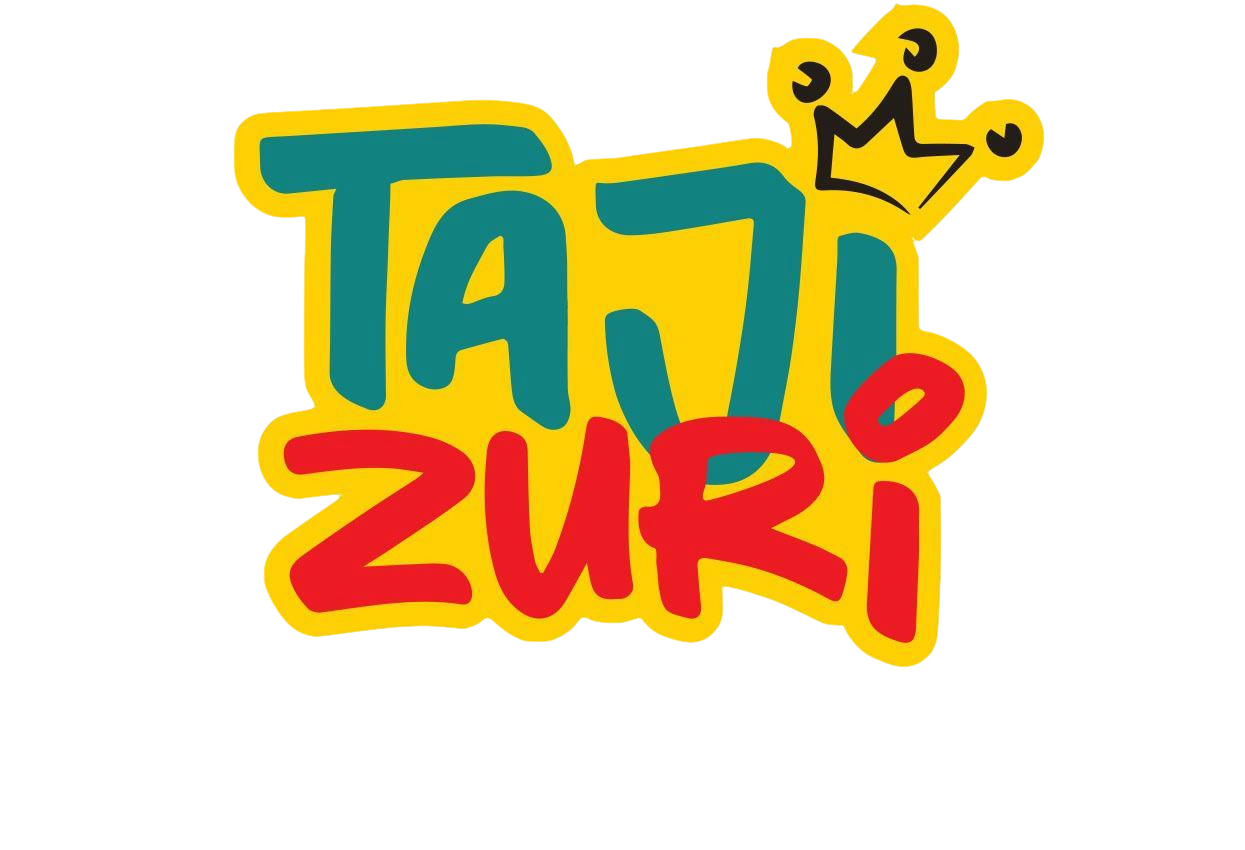Background
Dyslexia is a neurodevelopmental disorder with a probable genetic basis. The core feature of dyslexia is a problem with word decoding which in turn impacts spelling performance and the development of reading fluency. Dyslexia is persistent across the lifespan, and adult outcomes are variable, although some people with dyslexia proceed to university education, most children leave school with minimal qualifications.
Dyslexia is easily identified in school. It is therefore crucial for teachers to be trained to identify dyslexia and other learning difficulties because early identification is vital for these students. The earlier dyslexia is identified and supported; the sooner these children can catch up with the rest of the students, understand and achieve much more.
Early identification helps the teacher to understand and clearly identify how to offer extra support and adjustments that a child with a learning difficulty needs to enable them to demonstrate their abilities in preparation for their career and successful life. It also sensitizes teachers and other students not to misunderstand and wrongly label children with dyslexia just because they learn differently.
This ensures that children with learning difficulties do not suffer from emotional and psychological abuse which has led to anxiety, low self-esteem, and other mental problems like stress and depression. Late identification leads to a great percentage of early school dropouts, juvenile delinquency, substance abuse, and involvement in crime, which means the students will live with the consequences for the rest of their lives, yet it could have been avoided.
Early identification can lead to a proper support system and ultimately “Dyslexic Thinkers”. People like Thomas Edison made light bulbs, Henry Ford made cars accessible to all, and Steve Jobs gave us pocket computers. These dyslexic thinkers revolutionized the world.
One Major thing that dyslexic and other children with learning difficulties struggle with is standardized examinations. This is key because children with learning difficulties such as dyslexia, struggle with most of the things needed to pass a standardized test such as (Spelling, grammar, and memory of facts amongst others).
Teachers’ Strategies for teaching learners with dyslexia in class
- Develop inclusive and supportive learning environs
The challenges for learners with dyslexia vary from one individual to another. The teacher’s focus should be on making the learning environment as inclusive and supportive as possible. The inclusion would bring a sense of belonging, and feeling respected, and valued for who they are.
- Create a supportive and collaborative classroom culture
Teachers can be more supportive by getting to know all the learners and their learning styles and encouraging them to get to know each other. This will help learners feel comfortable thinking about ways to do tasks and asking for support from the teachers and other learners in the class
- Use multisensory input and activities
Children with dyslexia do not respond to conventional teaching methods. The use of the multisensory/Structured Literacy method emphasizes the explicit and systematic teaching of all-important components of literacy is key to unlocking learning difficulties. These include both foundational skills e.g. decoding, and spelling, and higher-level literacy skills like reading, comprehension, and written expression. When learners use more than one sense at a time, their brain is stimulated in a variety of ways. Multisensory activities may involve a combination of reading, listening, viewing, touching an object, moving physically around the space, or using gestures and visual aids.
- Offer learners choices
Teachers can allow learners to choose how they engage with tasks to make learning more meaningful and inclusive. One-fit-all method frustrates those who learn differently. A learner might choose to draw rather than write notes during a listening task, the bottom line is that they learn the concepts.
- Spend time explicitly teaching exam strategies
Teachers may need to take time to explicitly teach exam strategies to children with dyslexia in their classrooms. Such strategies as how to approach tasks in the exam and break these down into a series of steps.
According to Helen Arkell of Dyslexia Charity, by training teachers in dyslexia awareness, and how to support pupils with dyslexia, we can make sure thousands of children with dyslexia get better help. The Key is to receive the right support at the right time, help people to be the best they can be, and improve the quality of their lives.
By
Phyllis Wamucii Munyi
Founder and Managing Director
Dyslexia Organisation, Kenya




